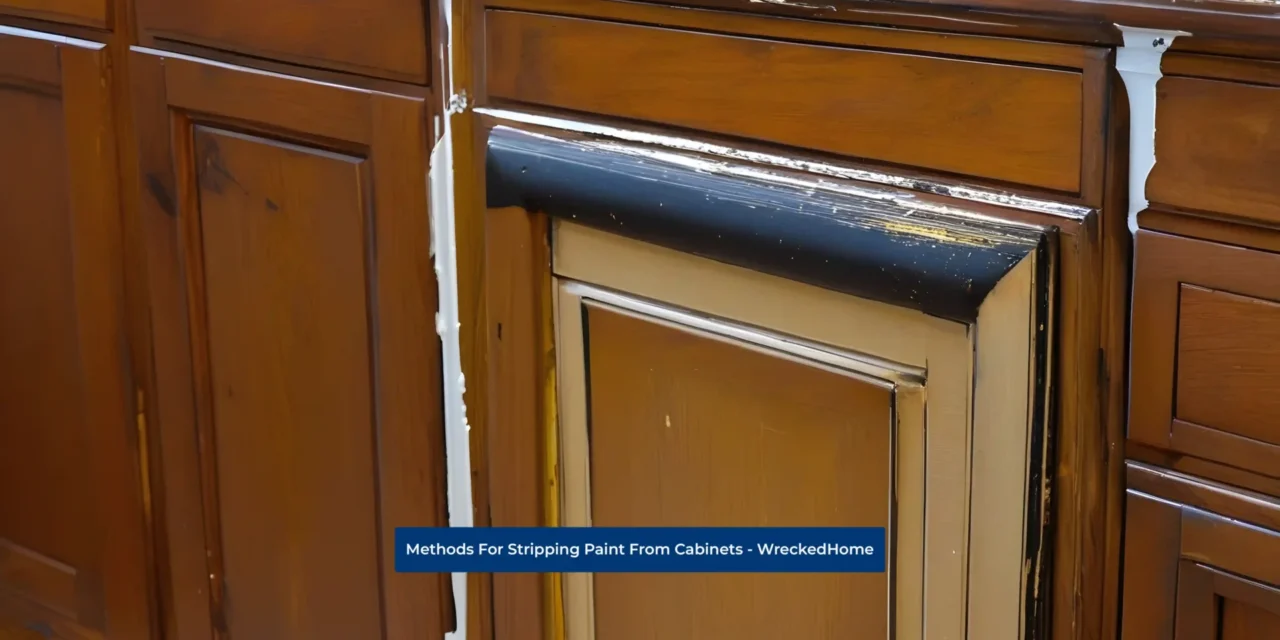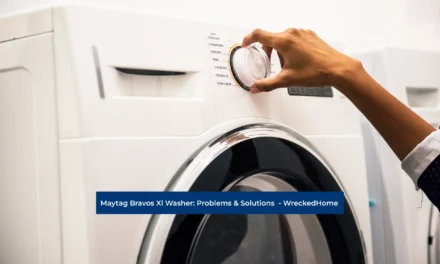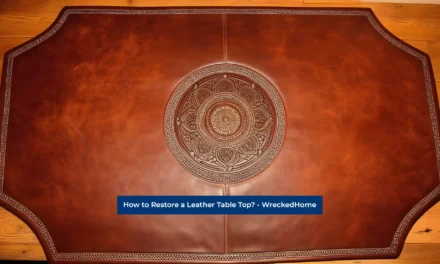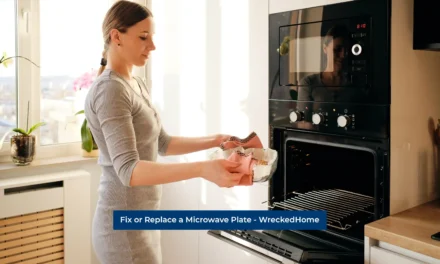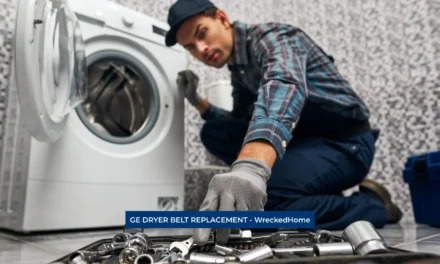Are you bored with the existing color scheme of your cabinets? Or is their paint is falling off? Then it’s time to give your cabinets a makeover. A nice touch of paint will freshen up the whole look. Besides this, it will help you to match your old cabinets with the modern aesthetics of your home.
Regardless, repainting the wood without scraping off the old paint is not a good idea. Though it seems an unnecessary step, actually it’s very important. Starting with stripping paint from cabinets provides a clean surface for your fresh coat.
Beginning the renovation project with stripping is a wise decision. However, hiring a professional can burn a hole in your pocket. Therefore, we have come up with some excellent methods for stripping paint from the cabinets. These techniques do not require any sort of professional assistance. On top of that, our DIY strategies are budget-friendly too. Let’s get started!
What Is Paint Stripping?
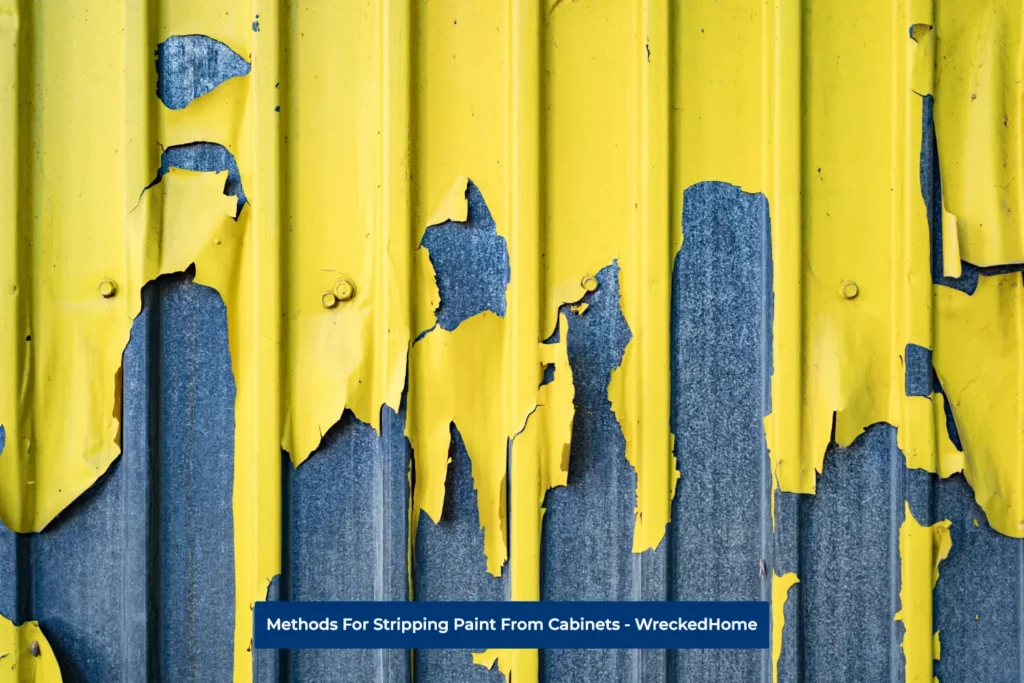
Paint stripping refers to a technique that is used to remove old paint from any surface. The process involves chemicals, scrapping materials or heat to remove the old or deteriorating layer of paint. However, the equipment or methods do not damage the underneath surface and make it reusable.
Why Stripping Paint From Cabinets Is Important?
Before delving into this how to guide for stripping paint from cabinets, you must acknowledge its importance. Many DIYers often skip this procedure as it seems troublesome to them. It is true that the process involves much human effort and consumes a lot of time. Still we recommend it. Otherwise you will end up with a cracked and untidy final look.
Stripping Paint From Cabinets Provides a Clean Working Surface
What can be more satisfying than a neat working surface? Stripping paint from cabinets provides a clean canvas for our enthusiastic home painters.
Helps You In Getting The Desired Paint Shade
Modern houses often incorporate an elegant light-coloured theme. Did your previous homeowner paint the cabinets with some dark old-fashioned colors? If yes! Then your cabinets require a makeover.
Stripping paint from cabinets becomes mandatory when you’re painting your dark-coloured cabinets with a lighter shade. Applying lighter shades on dark surfaces will mess up the final look.
Cuts The Cost
Stripping paint from cabinets makes your old wood as good as new. The process does not damage the original product and makes it reusable. Hence, the stripping process cuts down the production cost to a greater extent.
Gives A Professional Touch
We all crave professional neatness in any project. Not everyone can afford to hire a professional for small renovation tasks. Stripping paint from cabinets emerges as a key aspect in achieving that precise look.
Method For Stripping Paint From Cabinets- Using a Chemical Stripper
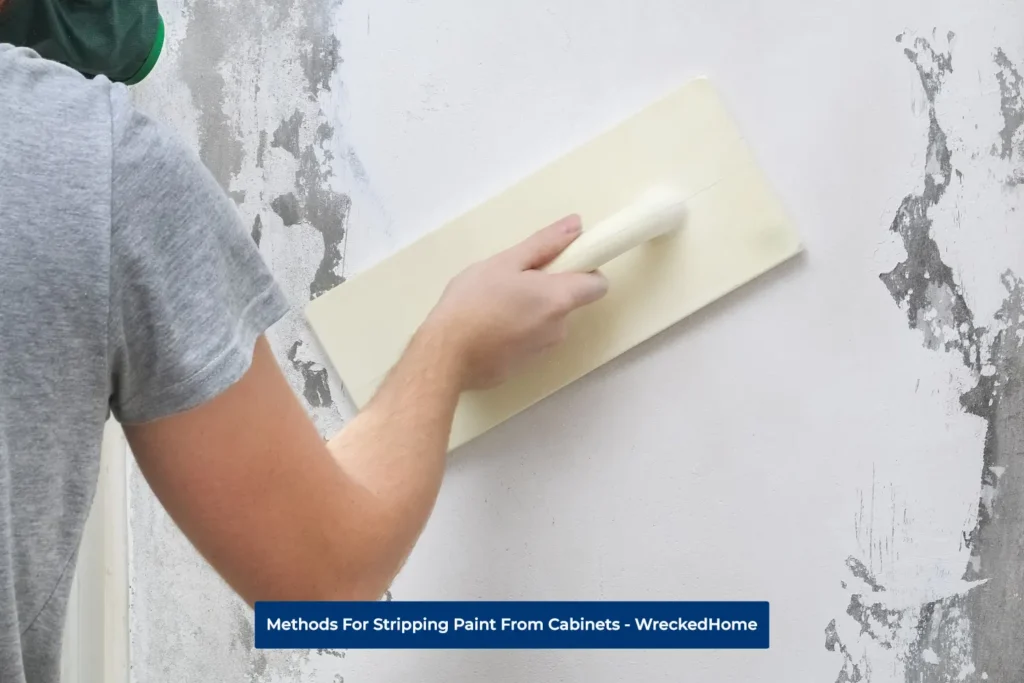
It is better to prepare yourself for the upcoming challenges. Stripping paint from cabinets is a long, tiresome, and messy procedure. Also, It requires a lot of time, determination, and muscle power. However, the required time depends upon the number of your cabinets and your daily working hours. But the end results will blow your mind.
The technique involves harsh stripping of chemicals that can damage your hands and other surrounding things. Therefore, it Is essential to take precautionary measures before starting the procedure.
Step #1 Take Safety Measures
People with respiratory disorders or asthma issues must stay away. Paint strippers involve many harmful and strong fumes which can make breathing difficult for such people. Therefore, it is better to detach your cabinets and take them outdoors.
In addition, a little exposure to powerful chemical strippers can burn your skin. Also, splashes put your body parts, especially your eyes at a greater risk. Hence it is important to wear eye goggles and chemical-resistant rubber gloves as the first line of defense. You must also wear long pants, closed shoes and full sleeves to secure your skin.
Visit our store for 10% off our Cleaning Products here.
Step #2-Collect The Supplies
- Bucket
- Eye goggles
- Chemical Resistant gloves
- Face mask
- Clean rage
- Paint brushes
- Sandpaper
- Plastic wrap
- Citristrip
- Paint scraper
Step#3 Prepare The Working Area
When you are stripping paint from cabinets, choose a well-ventilated area as your working space. It is best to practice this technique outdoors. Now spread some large cloth pieces on the working surface to secure it from any damage or stain. Now, detach all your cabinet doors and take them to your working area.
Step#4 Sanding
Once you have done the above step, put on your safety gear. Now, remove the top sealant layer with sandpaper.
Sanding is one of the oldest and most cost-efficient methods of removing paint from wood. It removes the hard exterior like it never existed. If you’re allergic to harsh chemical fumes, remove the paint with sanding. However, it requires a lot of muscular effort. If your cabinet doors are large planks of wood without any curves, it’s better to use a sanding machine.
For smaller cabinet doors with designs or carving, you will have to do it manually. First, use a coarse-grifted sandpaper and start rubbing. It will do most of the job. Now take a clean cloth and wipe out the excess debris. Now, take a fine grit sandpaper and buff until you see the wood.
Step #5 Select a Mild Chemical Paint Stripper
Sanding when combined with stripping emerges as the quickest and most efficient way to get the job done. After removing the hard paint exterior, start the chemical application.
Make sure to select a gentle paint stripper. Most of the chemical paint strippers incorporate a dangerous chemical; methylene chloride. Moreover, a slight mishandling can lead to serious skin burns and injuries. We recommend using Citristrip as it is free from hazardous chemicals. Also, it does not have that pungent smell. It is a great method for stripping paint from cabinets.
Step # 6- Start The Chemical Application
Use an old brush and start spreading the chemical paint stripper over the old painted cabinets. Don’t use expensive brushes as you will have to throw them away after the procedure. Dip your paintbrush into Citristrip and spread a generous amount on the working surface. Now cover the cabinet with a plastic wrap and wait for about 15 minutes.
Step# 7 Scrape Off The Paint
Bubbling indicates that the chemical stripper has done its job. Don’t leave the chemical for more than 15 minutes as it will dry up.
Now take a paint scraper and start scraping off the gel. Start from the top and keep moving towards the bottom. Scrape off all the cabinet doors in the same manner. Be gentle as intense pressure can damage the wood.
If the paint isn’t removed properly, you will have to reapply the chemical stripper. To eliminate minor paint traces, buff it again with sandpaper. That’s it, your cabinets are as good as new.
Some Safest Chemical Stripper Options
Removing latex and oil paint traces is always challenging. However, chemical strippers have made it much more convenient. Not only does it take less time but also minimizes human efforts. However, most chemical strippers incorporate noxious and toxic ingredients.
These contain methylene Chloride that speeds up the stripping process. Prolonged exposure to this chemical can result in serious lung and skin diseases. Moreover, liver damage is another negative health consequence.
It is better to be slow and safe. Therefore, we have come up with some safer options for stripping paint from cabinets.
CitriStrip
Here comes one of the most popular options to deal with that stubborn paint. Citrstrip contains N-methyl-2-pyrrolidone which works best on wood. It is an orange gel that can remove up to seven layers of paint with just a single application. Furthermore, a half gallon of Citristrip can cost you about $20.
Peel Away
It’s a medium-ranged chemical stripper which costs about $45 per 1¼ gallon. If your cabinets are painted with lead paint or masonry, then choose the Peel Away. Just like its name, that paste can peel away almost 30 layers of paint easily.
SmartStrip
Working with vertical surfaces is often difficult as the chemical stripper starts dripping off. Hence, SmartStrip evolves as a problem solver in this situation. With a frosting-like consistency, the paste performs best on upright cabinets. However, it is a bit pricey. One gallon can cost you around $65. But it incorporates Benzyl alcohol that can remove 15 layers of paint with a single application.
Conclusion
Unarguably, stripping paint from cabinets is the best way to transform your boring kitchen into an elegant and modern one. With adequate supplies and an efficient technique anyone can work like a pro. However, the tiresome procedure and long working hours might bother some of the DIYers. But believe us, the end results will blow your mind.
If you are uncomfortable with stripping paint from cabinets yourself, you should hire a professional. Find A Pro Near You Here!
Frequently Asked Questions
What are the most efficient methods for stripping paint from cabinets?
Sanding is the oldest and most efficient technique. You can also use sanding machines for buffing large and flat cabinet doors. Besides this, heaters and chemical strippers can be your ultimate project partners.
Can I use a heat gun to strip the paint from the cabinets?
Yes! You can. Heat guns work and look like hair dryers. These hot air guns can soften up the old paints easily. The concentrated hot air is applied to the working surface through a nozzle which loosens up the paint. Afterward, You can easily scrape off the paint with the help of a paint scraper.
How can I strip paint with mineral spirits?
When it comes to stripping paint from cabinets, mineral spirits energies are an excellent option. Besides wood, you can also use it on tile and linoleum. Start the process by applying the solvent for about 20 minutes. After that, start scraping off the layers with any scraper or putty knife. Keep repeating the application and scraping process until the wood is exposed.

